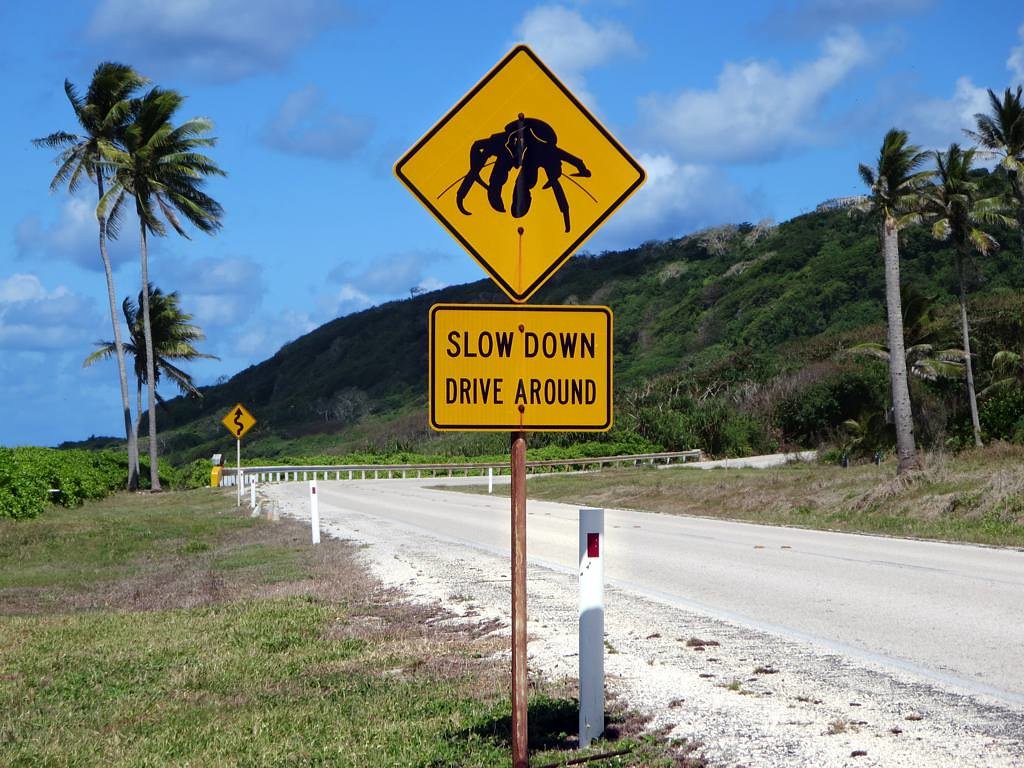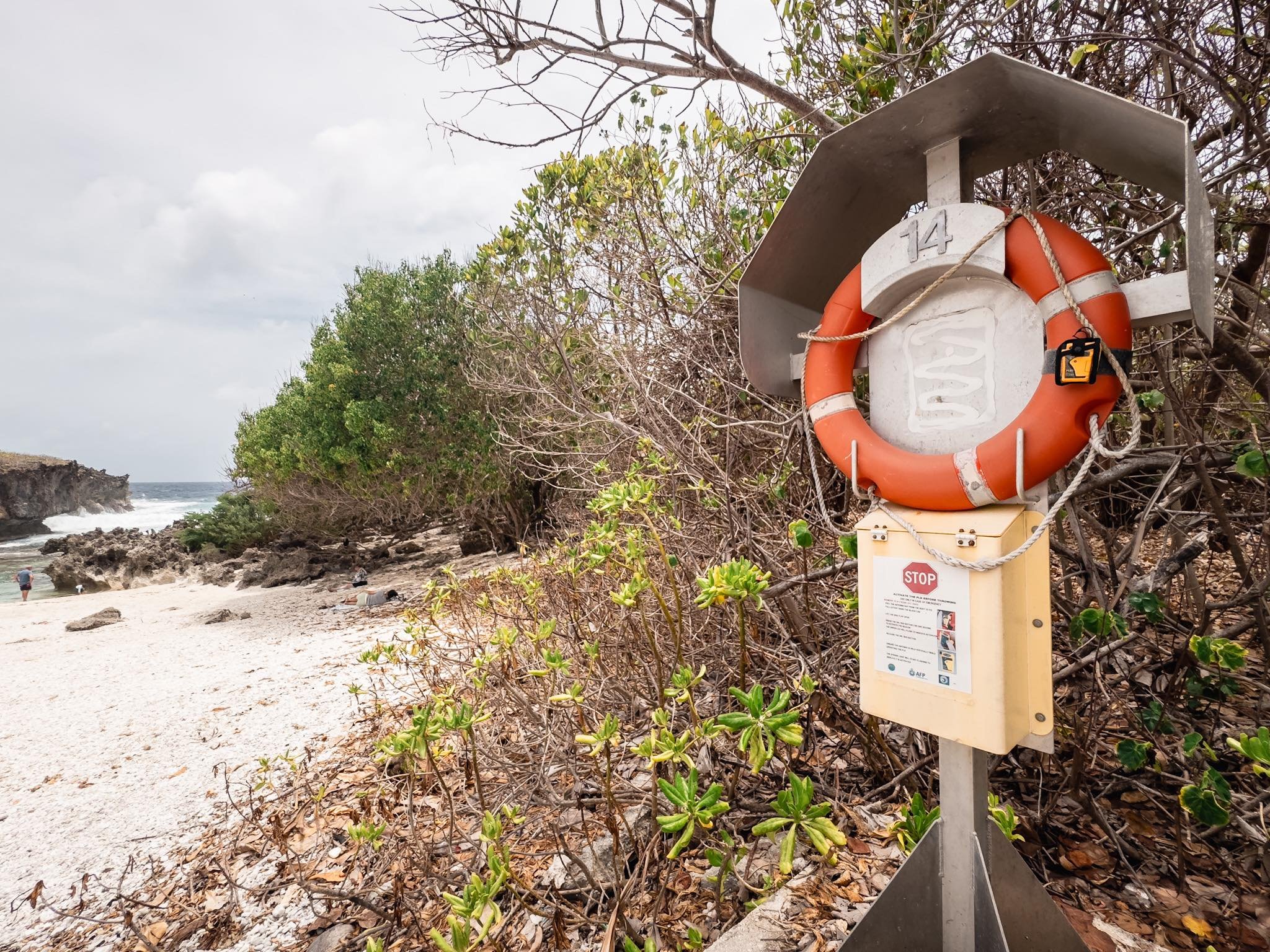
CHRISTMAS ISLAND SAFETY
Prioritise safety on Christmas Island for an unforgettable and
safe exploration of its natural wonders and cultural treasures.
Embarking on the enchanting journey of Christmas Island, safety takes center stage to ensure every visitor's well-being amidst the island's diverse landscapes and captivating attractions. From lush rainforests to rugged cliffs, remote beaches and sometimes limited phone reception, prioritising safety guidelines becomes a crucial companion for an enriching and secure experience on this tropical paradise. In this haven of unique biodiversity and cultural wonders, our commitment to safety ensures that each visitor not only enjoys the time of their life but returns home safe and sound.
CHRISTMAS ISLAND SAFETY

We want your experience on Christmas Island to be unforgettable, ensuring your return home safe and well. Please prioritise your safety with the following guidelines:
Navigate the rainforest safely by sticking to marked walking tracks, roads, and designated visitor areas.
Walk with a companion, inform someone of your whereabouts, and your expected return time.
Consider taking a personal locator beacon (PLB) from the Christmas Island Police Station for emergency situations. This is free to use and a great way to create peace of mind on every adventure.
Carry an ample supply of drinking water when exploring the island. The local tap water is safe to consume.
Adhere to directions from park rangers, who prioritise your safety and that of the local wildlife and environment.
Be conscious of your personal limitations and fitness level when exploring the island.
Supervise children at all times.
When bushwalking, wear sturdy shoes, a hat, sunscreen, and breathable clothing.
The sea cliffs and inland cliffs on Christmas Island can be steep and very treacherous. Keep away from cliff edges and do not venture onto rock platforms near the shoreline.
The ocean can change quickly around Christmas Island. Use caution when swimming or wading at beaches due to potential large waves, swell, strong rips, and undertows. None of the island's beaches are patrolled by lifesavers, and swimming at Flying Fish Cove is recommended only under calm sea conditions. There are life buoys with GPS Epirbs attached to them at a number of locations around the island. Be aware of their location when visiting each site.
Please follow all safety directives, notices, and warning signs.
Some roads in and out of the national park are 4WD only, and many sections are steep, narrow and become slippery when wet. Drive carefully and slowly. Take extra care when driving during wet periods, during the red crab migration or when robber crabs are out on roads and tracks.
Although Christmas Island Hospital has modern and well-equipped facilities, all visitors should have appropriate travel insurance to cover unexpected health needs or an emergency evacuation. It’s also advisable to bring an appropriate supply of any medication you need.
Preserve the national park's beauty by taking your rubbish with you and refraining from feeding wildlife or leaving food scraps behind.
Follow all WA road rules, including stopping and parking only in safe, designated areas.
Respect wildlife and private property, seeking landowner permission before entering.
Your safety is paramount, and adhering to these guidelines will contribute to a safe and enjoyable experience on Christmas Island.







